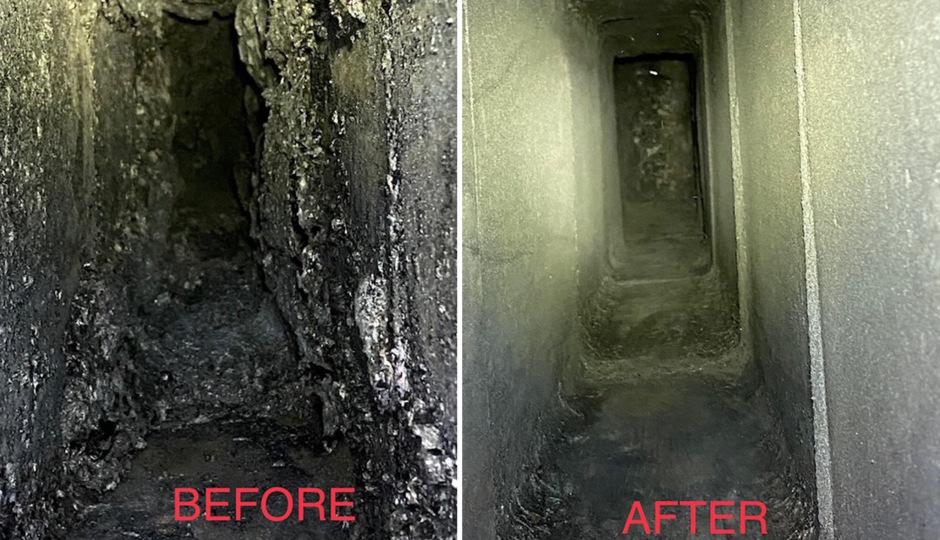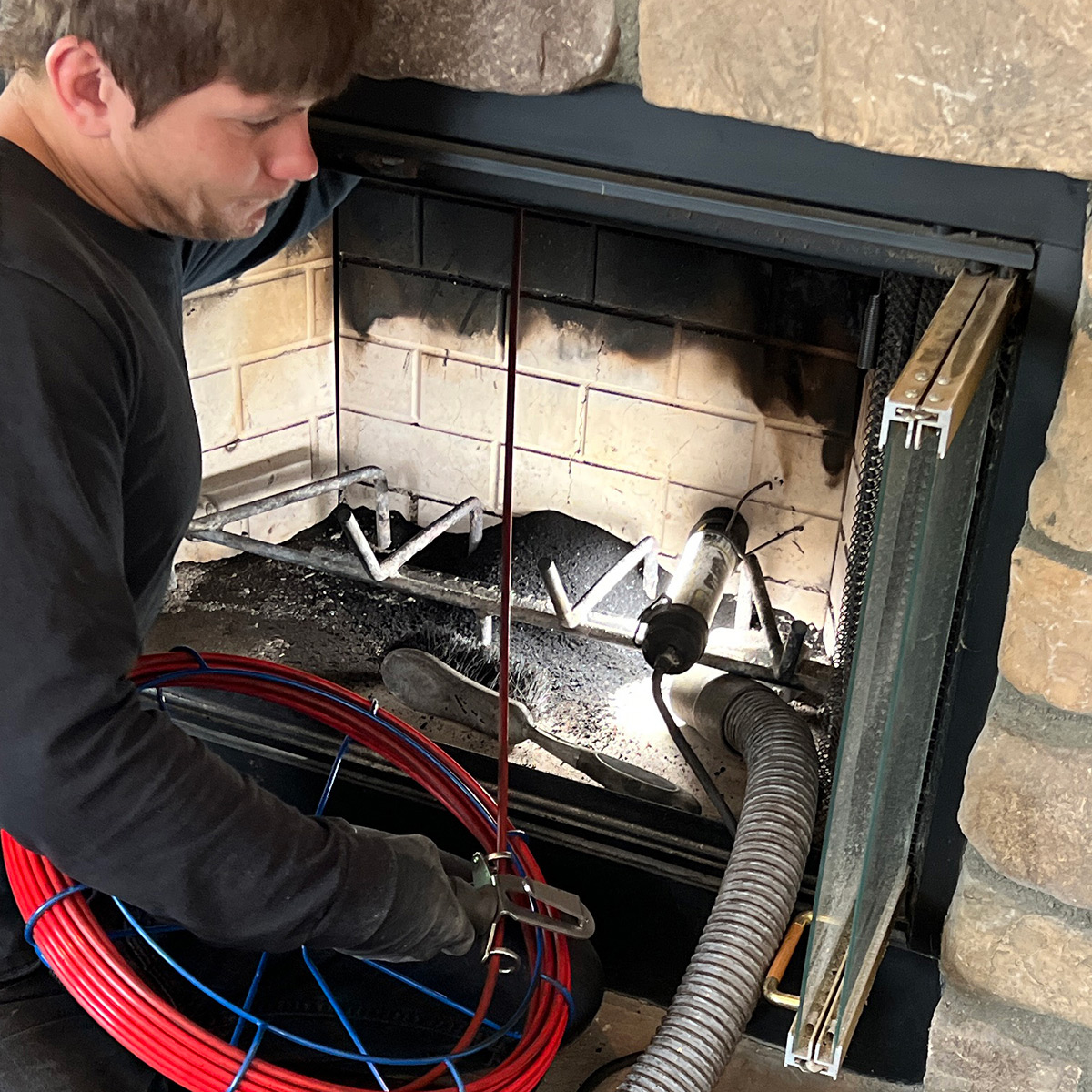Safeguard Your Home with Routine Chimney Maintenance San Jose Practices
Safeguard Your Home with Routine Chimney Maintenance San Jose Practices
Blog Article
Specialist Tips for Effective Smokeshaft Maintenance You Need to Know
Chimneys work as essential parts in several homes, giving heat and convenience. Ensuring their correct maintenance is often neglected until problems emerge. Recognizing the ins and outs of smokeshaft care can be the trick to stop costly repair work and securing your home and family. From the importance of regular evaluations to secure functional methods, a comprehensive technique to smokeshaft maintenance is necessary. Allow's explore professional ideas that can help you maintain your chimney in optimum problem for several years to come.
Importance of Regular Inspections
Regular assessments of smokeshafts are essential for ensuring their safety and security and performance. Smokeshafts play an important duty in venting out harmful gases and maintaining appropriate air movement in a home. In time, creosote accumulation, particles, and architectural damages can occur within the smokeshaft, presenting significant risks such as smokeshaft fires or carbon monoxide leaks.
Throughout a chimney evaluation, educated professionals evaluate the condition of the chimney, searching for any kind of signs of damage, clogs, or wear and tear. They likewise check the stability of the flue, smokeshaft lining, and chimney cap to ensure every little thing remains in correct functioning order. By identifying and attending to problems at an early stage, costly repair work or potential risks can be prevented.
Normal inspections not just help in maintaining the security of the smokeshaft yet also add to its total performance. A tidy and well-kept smokeshaft runs much more efficiently, ensuring correct ventilation and reducing the risk of indoor air contamination. Therefore, scheduling yearly smokeshaft examinations is a positive procedure that homeowners can require to protect their building and loved ones.
Cleansing Methods and Regularity
Keeping the safety and security and performance of a smokeshaft entails not just routine inspections but additionally executing suitable cleansing strategies and identifying the optimal frequency for cleansing. Smokeshafts ought to be cleaned by a professional chimney sweeper a minimum of annually, also if they are not regularly used. If the chimney is made use of on a regular basis, particularly with wood-burning ovens or fireplaces, it may call for more frequent cleansings to protect against the accumulation of creosote, an extremely flammable material that can lead to chimney fires.
House owners must never ever neglect smokeshaft cleansing, as it is essential for keeping a risk-free and useful chimney system. Regular cleanings not just lower the threat of chimney fires however likewise boost the chimney's total performance and longevity.
Resolving Chimney Leaks

When resolving chimney leakages, complete assessment and timely repair work are important to protect against water damage and keep the architectural honesty of the chimney. Leakages in a chimney can lead to serious issues such as mold and mildew growth, damage of the smokeshaft framework, and also prospective fire dangers. To properly resolve smokeshaft leakages, begin by inspecting straight from the source the chimney cap, crown, blinking, and masonry for any type of indications of damages or wear.
Comprehending Creosote Build-Up
To recognize the possible dangers of creosote accumulation in smokeshafts, it is important to acknowledge its development process and influence on smokeshaft performance. Creosote is a brownish or black tar-like material that gathers inside smokeshaft systems when wood or fossil fuels are melted. As smoke rises via the chimney, it cools down and condenses, leading to the development of creosote, which sticks to the smokeshaft walls.

Routine chimney evaluations and cleansings by an expert chimney sweep are critical in preventing creosote build-up and guaranteeing the safe operation of your smokeshaft system.
Safe Procedure Practices
Carrying out correct security methods is important for the safe and secure and effective procedure of smokeshaft systems. Always make sure that the chimney is properly inspected and cleaned up consistently to remove any type of creosote build-up, which can lead to chimney fires.
Additionally, ensure to just shed skilled timber in your fireplace, as eco-friendly or wet wood can produce more creosote and trigger hazardous smokeshaft blockages. Never ever leave a fire ignored and constantly make sure the fire is totally snuffed out prior to Visit This Link going to bed or leaving the residence. By following these safe operation techniques, you can delight in a cozy and warm fire while making certain the safety of your home and loved ones.
Conclusion
Finally, preserving your chimney is essential for guaranteeing its safety and security and performance. Normal examinations, appropriate cleaning techniques, addressing leaks, managing creosote accumulation, and complying with safe procedure practices are essential aspects of smokeshaft maintenance. By staying on top of these jobs, you can avoid prospective dangers and prolong the life-span of your chimney. It is essential to prioritize smokeshaft maintenance to maintain your home warm and safe during the cooler months.
Over time, creosote accumulation, debris, and structural damages can occur within the chimney, posturing major dangers such as smokeshaft fires or carbon monoxide leakages.
If the chimney is utilized routinely, especially with wood-burning stoves or fireplaces, it might call check my blog for more regular cleansings to avoid the build-up of creosote, a highly flammable compound that can lead to smokeshaft fires. (Chimney Maintenance San Jose)
To comprehend the potential dangers of creosote accumulation in chimneys, it is necessary to identify its formation process and effect on smokeshaft efficiency. As smoke increases via the chimney, it condenses and cools, leading to the formation of creosote, which adheres to the chimney wall surfaces.
Constantly make sure that the chimney is skillfully inspected and cleansed consistently to eliminate any type of creosote accumulation, which can lead to smokeshaft fires.
Report this page